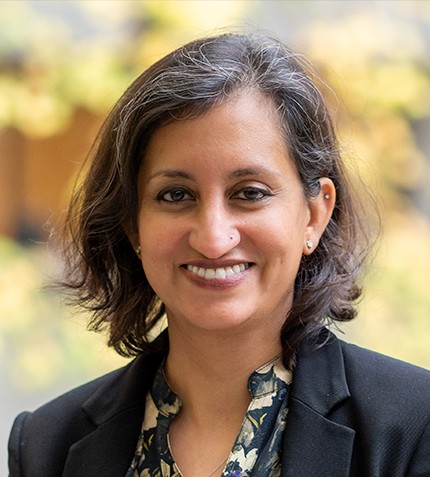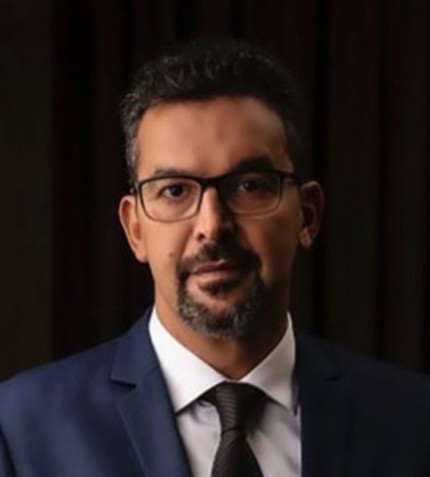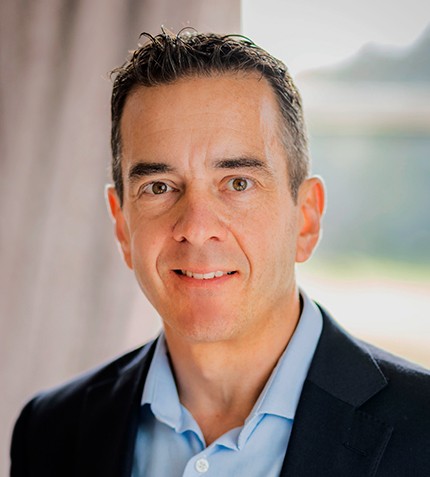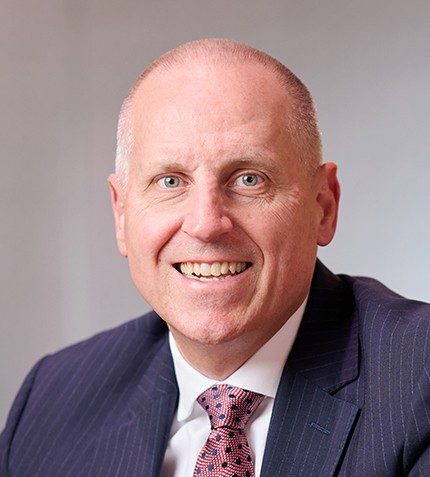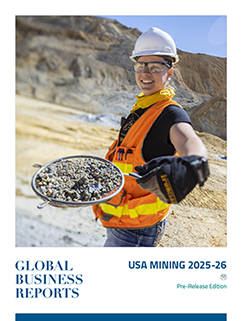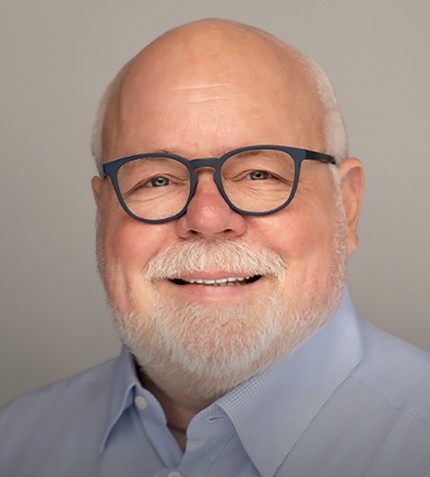
"Last year Andikem was ranked in the top 10 distributors in Latin America by revenue and has demonstrated we are a relevant player for commodity manufacturers and consumers, which is the core of our business."
Peter Staartjes
CEO, ANDINO HOLDINGS
Could you reflect on the company’s evolution as it enters its 10th year in the market? How has the industry changed, especially after the pandemic?
Andino became fully active in early 2014, so our first decade celebration will happen early next year. Much has changed since our inception; most consequentially being that the pandemic has weakened some significant links in the supply chain. The ultimate impact of the pandemic is still unknown; are the shifts from “just-in-time to just-in-case” and “globalization to regionalization” permanent? I think this will be determined by two main aspects: ESG and costs. ESG has taken on a complete life of its own, fed by multiple political approaches with uncertain financial implications measured by a myriad of disjointed baseline criteria. As for costs, many commodity prices have hit both 20-year highs and lows within a 24-month span; to the end of which extreme will they eventually settle? Over that same span much more than an ounce of panic has found its way into the mindset of industry participants’ behaviour, but no matter the uncertainly and volatility in the future, Andino is poised to help its customers flatten the anxiety curve with our fulfilment service model (Andikem It!).
Could you elaborate on how Andino’s integrated model of procurement, shipping, storage, and last-mile delivery supported its success, especially during and after the pandemic?
As a relatively small but nimble business Andino has been able to capitalize quickly on opportunities during and after the pandemic because of our integrated model. We have four different pillars supporting a vertically integrated model, which includes ACI (procurement), shipping (maritime freight), terminals (storage), and import and last-mile delivery. Fluctuations in one link of the chain trigger new opportunities in another link. For example, when there was an urgent requirement for producing hand sanitizers in Mexico in 2020, we used our own ship and terminal to import and distribute high volumes of ethanol from the US. When that business became crowded and over-supplied, we switched from distributors to pure logistics providers, reducing product risk. With the pandemic over and the latest super-cycle in the rear-view mirror, our 2014 strategy remains the same today: Andino must continue to promote and invest in a flexible, adaptable business model so as to de-risk the volatility of operating in any single space along the supply chain.
How is Andikem, your distribution business, positioned for 2023?
Last year Andikem was ranked in the top 10 distributors in Latin America by revenue and has demonstrated we are a relevant player for commodity manufacturers and consumers, which is the core of our business. You may find us entering the specialty space from time to time, but there is almost always an underlying bulk chemical opportunity coupled to it. Our customers like the fact that we can manage procurement from either of our offices in Houston and The Hague, that we have reliable and on-time ship deliveries with competitive freight rates, and that we can move their products through our own facilities for subsequent packaging and delivery via our regional Andikems. They need only to contact one person to manage their product procurement or distribution needs, regardless of origin or destination.
Could you comment on the current decline in commodity prices?
Many people are wondering why the prices of gas derivatives like methanol, ammonia, urea, and other commodities have come down so sharply; most at a third of what they were last year. The main cause is petrochemical overproduction in an uncertain global economy, which left a surplus of unsold commodities in the supply chain, forcing producers of the same molecules to chase after a weaker amount of business. Meanwhile, on the shipping side there are not enough new-builds in the shipyards to satisfy the growing need for the movement of commodities, which will continue to put upward pressure on ocean freights. One of the main drivers for selecting the shipping business as the first Andino pillar in 2014 was because I surmised that the wide-spread practice of fracking would lead to an increase in oil and gas production, leading to falling prices of both, leading to a massive investment in petrochemical plants to take advantage of the cheap feedstocks, leading to overproduction and an subsequent drop in petrochemical prices, which ultimately lead to logistics costs occupying a higher percentage of the overall delivered product cost to consumers; ergo the decision to enter the freight market. With a few minor setbacks this is exactly how it played out. I personally do not foresee shipping rates coming down any time soon, especially as the industry faces increased ESG regulations; shipowners will require higher ROIs if they are expected to make investments to become carbon neutral. As for storage, occupancy rates remain very high with little available tank space; this tells me consumption will strengthen but the demand-side of the market will have to contribute more of their profits to achieve increased delivery capacities and efficiencies.
How is demand for biofuels and biofeedstocks shaping the logistics space?
The announcement that Maersk will have 18 methanol-powered ships is one of the latest indications that the shipping industry is moving to alternative fuels. An increase in methanol consumption means that bunkering facilities will need to be constructed or retrofitted on a global scale and given our strong presence in the methanol space we see great upside potential there. Andino is deeply involved in the transportation of feedstocks for biodiesel production imported from Latin America, where we have excellent infrastructure and procurement capabilities.




